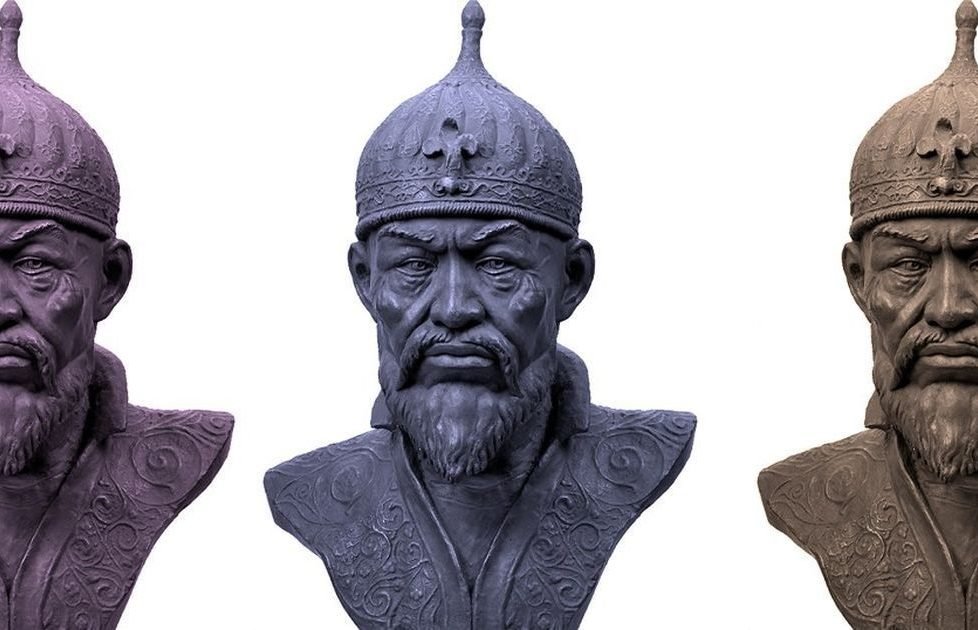Timur Lang- Mass murderer immortalized as Uzbek’s Hero


While the recent Shanghai Cooperation Meet is being held in Samarkand, the contribution of Timur Lang(or Timur Amir) towards Uzbekistan is again in discussion. While for Uzbeks, Timur was a great king, for Indians he was a mass murderer who looted Delhi for 15 days and killed millions of Hindus during this time.
Before the democratic system, there was a system of monarchy. The kings used to do a lot to maintain their supremacy. Some people wanted to rule while maintaining peace, while some people crossed all limits of cruelty for this. Timur Lang belonged to the second category. In this article, I will encapsulate why Timur Lang should not be called a ruler but an enemy of peace and humanity.
The fourteenth-century ruler Timur Lang set out for world conquest after his father ascended the throne as Emir of Samarkand in 1369. After conquering many countries, Timur invaded India in 1398 AD and advanced towards Delhi. He stayed in Delhi for only 15 days. He looted fiercely with the soldiers and returned to his homeland with all the goods.
Timur Lang adopted the method of Genghis Khan. But he was one step ahead of Genghis Khan in terms of cruelty and ruthlessness. In history, Timur Lang has been described as a bloody warrior. Whenever Timur entered the field for war, he used to lay dead bodies in large numbers. It is said that at one place he built a tower of two thousand living men and got them elected in brick and mortar.
India was already popular all over the world for its prosperity and splendor. Because of this, this country has always been a target of invaders. Taimur Lang had also heard a lot about India. Therefore, he planned an attack to loot the wealth here. Timur Lang looted a lot of wealth in India, but at the same time when he was leaving for Samarkand back from Delhi, he also took many young and imprisoned women and craftsmen along with him.
DISCLAIMER: The author is solely responsible for the views expressed in this article. The author carries the responsibility for citing and/or licensing of images utilized within the text.
